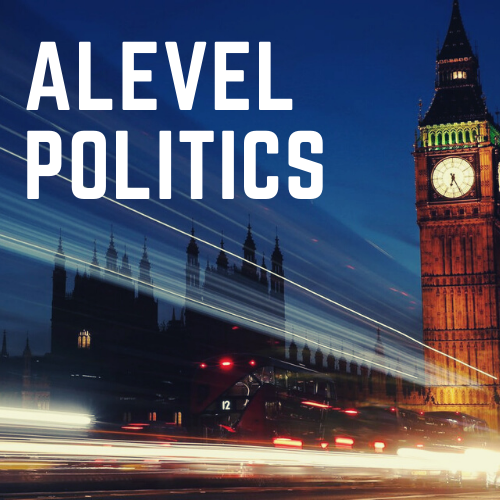Ten things you need to know about the group of four that runs the Coalition
Ten things you need to know about the group of four that runs the Coalition
By Tim Montgomerie When the Coalition was first formed I predicted the engine room would be this group of ten. It hasn't turned out like that. Decisions are taken in the so-called Quad group. The Quad is more like Blair's sofa-style of government than Cabinet government. Intimate, relational and highly political it includes the Prime Minister, the Deputy Prime Minister, the Chancellor and the Chief Secretary to the Treasury. In this week's Spectator James Forsyth takes a look at The Quad and here are my ten takeaways from his piece:
When the Coalition was first formed I predicted the engine room would be this group of ten. It hasn't turned out like that. Decisions are taken in the so-called Quad group. The Quad is more like Blair's sofa-style of government than Cabinet government. Intimate, relational and highly political it includes the Prime Minister, the Deputy Prime Minister, the Chancellor and the Chief Secretary to the Treasury. In this week's Spectator James Forsyth takes a look at The Quad and here are my ten takeaways from his piece:
- The Quad "decides all major matters of policy". This week Cameron, Clegg, Osborne and Alexander have been meeting to discuss what will be in next month's Budget.
- Downing Street wants us to believe that it's very formal but civil servants aren't always present at its meetings. The Quad met informally over dinner on Monday night, for example.
- The Quad's power helps explain why the Coalition feels like a government that is run by Lib Dems as much as Conservatives. While there are only five yellows in the Cabinet it's not the Cabinet that really matters. The yellow team controls half of the votes in the Coalition's sovereign chamber.
- The Quad is deeply political. It is where favours are traded and members are given what they need to keep their respective parties happy. At least up until now that seems to have been pretty much one way traffic with Cameron and Osborne arranging 'wins' for the Lib Dems. This was especially true after the AV referendum. As Tory unhappiness increases that might change.
- The Quad isn't just half blue/ half yellow but also half Treasury. "The Treasury," concludes James Forsyth, "is an even greater force in the land than it was in Gordon Brown’s day." Wow. He continues: "The Treasury fought for decades to get a second Cabinet post, finally succeeding in 1961, and even then remained vastly outnumbered in Cabinet by ministers from spending departments. Now it has half the people in the room whenever a major decision is taken."
- Osborne and Alexander have struck up a particularly good relationship, proving again that people do seem to come under Osborne's spell when they enter his orbit. Contrary to the impression given by TV, Osborne is the more personally charming of the two people at the top of the Conservative Party. Forsyth writes: "After one Quad meeting, Clegg was heard to complain that Alexander’s brain had been taken over by Treasury officials." More accurately my guess is Alexander has been taken over by Osborne's brain but that's a less diplomatic interpretation.
- The Quad is a happy place. Disagreements are apparently rare. This after all is a meeting of the liberal wing of the Conservative Party and the Orange Book wing of the Liberal Democrats. The Social Liberals and the Conservative Right are not present.
- The Quad has been watertight until recently but has started to leak. The internal dispute over benefits uprating is the best example of this.
- The Quad has limited other ministers' freedom to manouevre. Decisions taken by the Quad are handed down to other ministers to implement although other ministers are sometimes invited to participate in Quad meetings on a case-by-case basis.
- The Quad has become a place of compromise rather than grand bargains. At the beginning of the Coalition there was a trade of big ideas. For example: We get schools reform, you get higher income tax thresholds... We get IDS in charge of welfare, you get Huhne in charge of energy policy. That was then - now it's much more about avoiding controversy.
